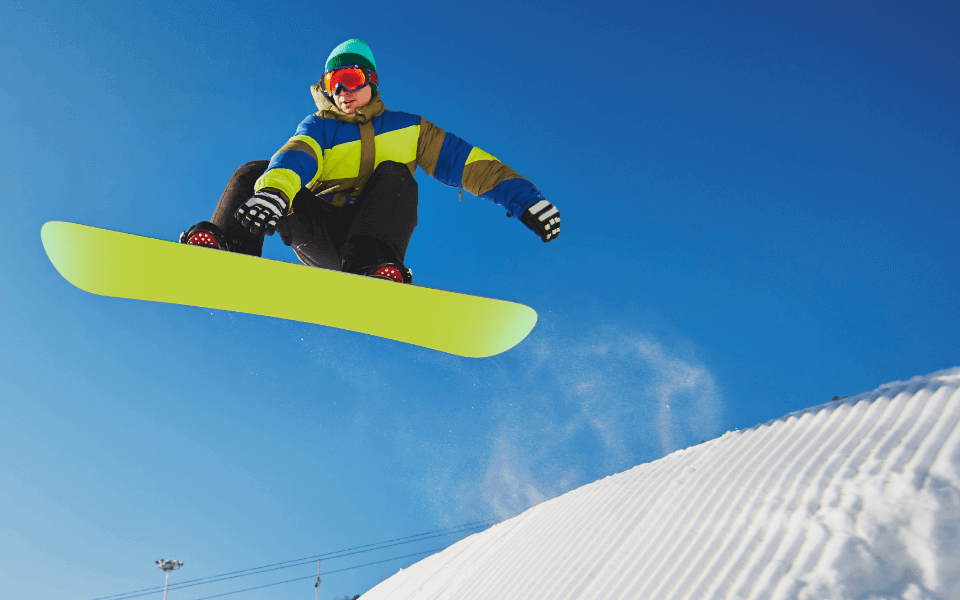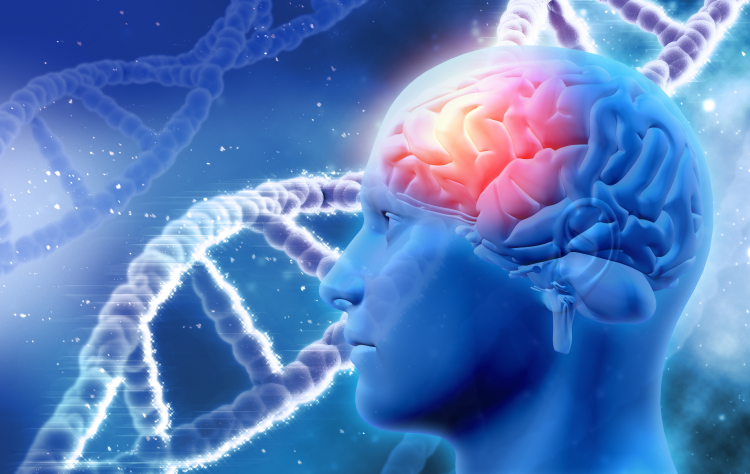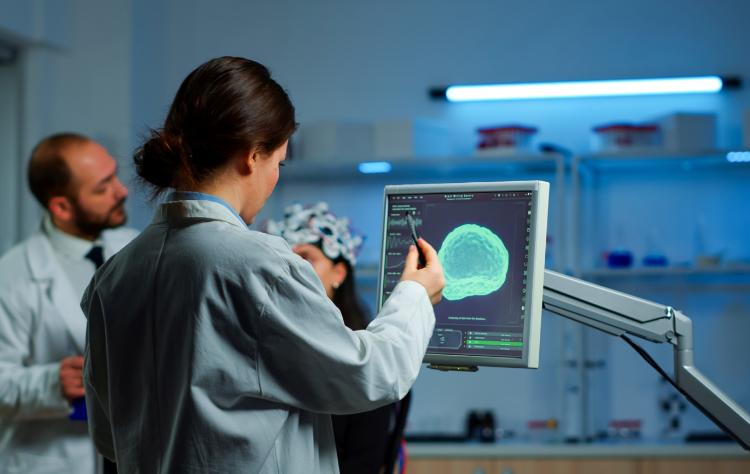

Winter is a great time for extreme sports like snowboarding, skiing, heli-skiing, ice hockey, ringette, broomball, and many more. However, there are high physical risks associated with such sports, especially brain injury. Owing to this, the month of January is recognized as National Winter Sports TBI (Traumatic Brain Injury) Awareness Month across the USA.
As National Winter Sports TBI Awareness Month, it is a great time to learn about TBIs, their precautions and raise awareness regarding it. People across the USA are increasingly noticing January as the month to take a little extra time in order to understand TBI.
Sports and recreational activities contribute to about 21% of all traumatic brain injuries among American children and adolescents. (Source)
Skateboarding, snowboarding, skiing, and motocross had the highest number of head and neck injuries. (Source)
There were about 61,000 TBI-related deaths in the United States in 2019. (Source)
A violent blow or jolt can cause TBI to the head, such as getting shot in the head. Another way is through an object that goes through the brain.
Mild traumatic brain injury may cause temporary damage to your brain cells. The more severe ones may cause bruising, torn tissues, bleeding, and other physical damage to the brain. These injuries can cause long-term complications or also death in some cases.

A traumatic brain injury may happen in one of the two ways:
Other people in certain professions or activities like construction workers, military members, and Police and law enforcement personnel also have a high risk of TBIs.
Some of the most common types of traumatic brain injuries are sports-related concussion (SRC), epidural hematoma, PICA hemorrhage, second impact syndrome, subdural hematoma, epidural hematoma, and diffuse brain injury. While cerebral concussions rarely cause death, they can be the starting point for other brain injuries.
The most common TBIs as witnessed in winter sports players are mentioned below:
Here are some tips from the American Association of Orthopedic Surgeons to make winter sports safer:







The first step after detecting a TBI is to be evaluated by a health professional.

Brigham and Women’s Hospital in Boston has established a grading scale for TBIs. Their five-level grading scale with return-to-play guidelines is designed by experienced practitioners to grade head injuries, identify the severity and improve medications. Each grade addresses the necessary stages of recovery.

The differentiation between ‘primary and secondary TBIs’ arose around the 1990s. This was in response to the understanding of how medical conditions like hypotension and hypoxia can worsen brain injury.
This changed TBI care, treatment, and monitoring, majorly in 2 broad ways.
Prehospital care protocols started to be taken seriously, which ensured airway protection, regular oxygenation, and systemic perfusion before being admitted to a medical facility. It also began the process of using goal-oriented therapy in the critical care units.
TBI continues to be one of the major causes of fatal deaths in the American sporting community, with a rising awareness. New technologies and medicines are being developed to combat the after-effect of a TBI.
If you are looking to connect with rehabilitation care centers for TBI patients or professionals who are associated with the care of TBI, you can look into our healthcare database.
We are a professional B2B database provider with contact and company insights that will help you connect with your exact audience in a jiffy.